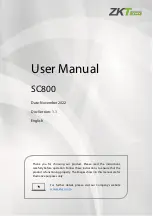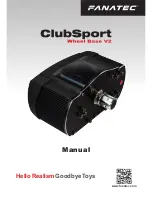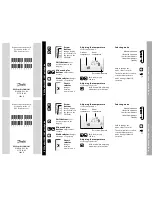
The PowerSeries Neo continuously monitors a number of possible trouble conditions and provides
audible and visual indication at the keypad. Trouble conditions include:
• AC power failure
• Zone trouble
• Fire trouble
• Telephone line trouble
• Communicator trouble
• Low battery condition
• RF jam
• AUX power supply fault
• Failure to communicate
• Module fault (supervisory or tamper)
Additional Features
• 2-way wireless device support
• Visual verification ( audio)*
• Proximity tag support
• PGM scheduling
• Quick arming
• User, partition, module, zone and system labels
• Soak test*
• Programmable system loop response
• Keypad and panel software versions viewable through keypad
• Doorbell zone type
• Low battery PGM type
*Feature not evaluated by UL/ULC.
Locating Detectors and Escape Plan
About this task:
The following information is for general guidance only and it is recommended that local fire codes
and regulations be consulted when locating and installing smoke and CO alarms.
Smoke Detectors
Research has shown that all hostile fires in homes generate smoke to a greater or lesser extent.
Experiments with typical fires in homes indicate that detectable quantities of smoke precede
detectable levels of heat in most cases. Smoke alarms should be installed outside of each sleeping
area and on each storey of the home.
It is recommended that additional smoke alarms beyond those required for minimum protection
be installed. Additional areas that should be protected include: the basement; bedrooms, especially
where smokers sleep; dining rooms; furnace and utility rooms; and any hallways not protected
by the required units. On smooth ceilings, detectors may be spaced 9.1m (30 feet) apart as a
guide. Other spacing may be required depending on ceiling height, air movement, the presence of
PowerSeries Neo HS2016/HS2016-4/HS3032/HS2064/HS2064 E/HS2128/HS2129 E Alarm Controller Reference
Manual
276









































